Vegetables with the Least Amount of Fiber
Fiber is an important nutrient for digestion, helping to regulate bowel movements and support gut health. However, some individuals, particularly those with irritable bowel syndrome (IBS), Crohn’s disease, or those recovering from surgery, may need to follow a low-fiber diet. While most vegetables are known for their fiber content, some are naturally low in fiber, even if they have their skin.
If you’re looking for vegetables that are easy to digest, gentle on the stomach, and still full of essential nutrients, here are nine great options for a low-fiber diet.
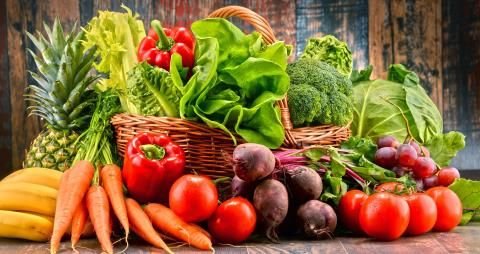
Cucumber (1g fiber per 100g)
Cucumbers are one of the lightest and most hydrating vegetables, containing very little fiber even with the skin on. They have a high water content, making them soothing for digestion.
- How to Eat:
- Enjoy cucumber slices in a refreshing salad with a squeeze of lemon and a pinch of black salt.
- Blend into a cooling cucumber raita with yogurt and mild spices.
- Make fresh cucumber juice with a dash of rock salt for a hydrating drink.
- Pair cucumbers with curd-based dishes like raita or smoothies for better digestion.
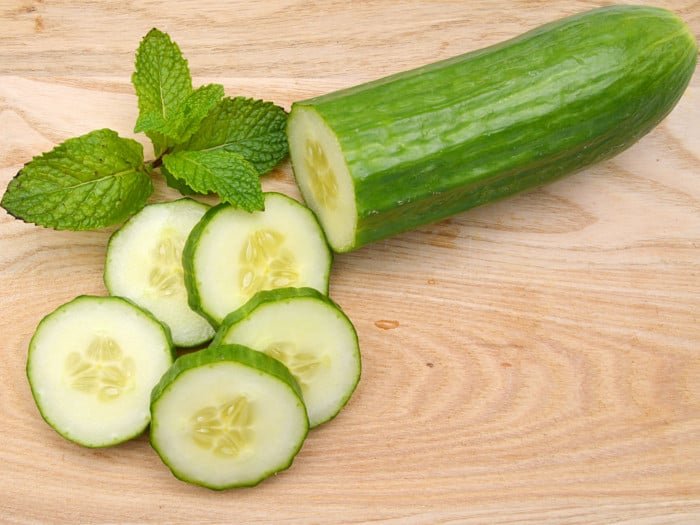
Bottle Gourd (Lauki) (0.6g fiber per 100g)
A staple in Indian kitchens, bottle gourd is extremely light on the stomach and easy to digest. It is commonly recommended for those recovering from illness due to its mild nature.
How to Eat:
- Cook a simple lauki sabzi with mild spices and minimal oil.
- Add to lauki dal for a nourishing and easy-to-digest meal.
- Blend into lauki juice, a cooling summer drink.
Pair it with moong dal or curd for a balanced, easy-to-digest meal.
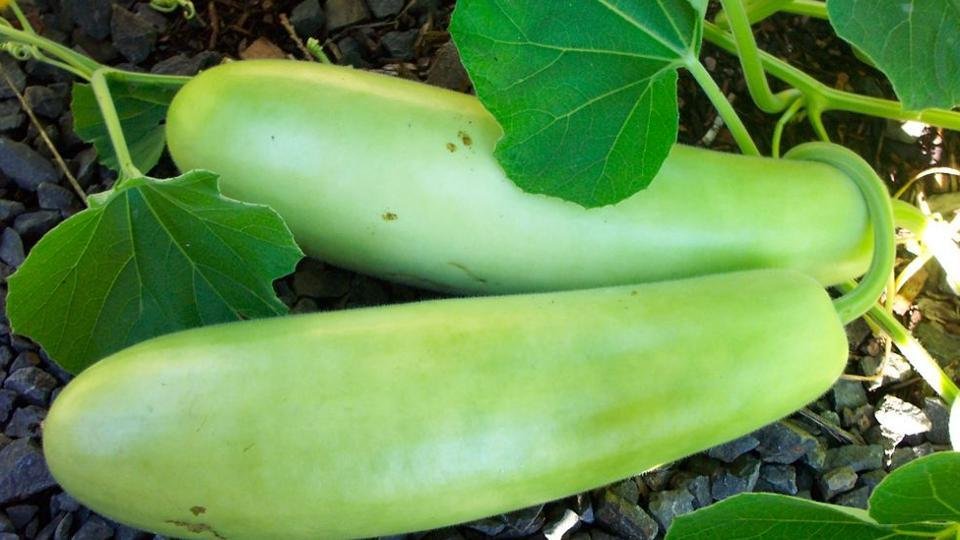
Pumpkin (Kaddu) (0.5g fiber per 100g)
Pumpkin is naturally soft, slightly sweet, and low in fiber, making it an excellent option for a low-fiber diet.
How to Eat:
- Cook it into a mild kaddu sabzi with turmeric and cumin.
- Make a smooth pumpkin soup that is easy to digest and nutritious.
- Prepare pumpkin halwa with jaggery and ghee for a delicious, fiber-friendly dessert.
Pumpkin pairs well with dal, rice, or chapati for a well-rounded meal. marrow with 5 fruits and flowers in the garden

Ridge Gourd (Turai) (0.8g fiber per 100g)
Ridge gourd is a gentle vegetables that soften when cooked, making it a great choice for those on a low-fiber diet.
How to Eat:
- Prepare a light turai sabzi with turmeric and hing for digestive ease.
- Blend it into dal for extra flavor and nutrition.
- Cook with tomatoes and mild spices for a simple curry.
Ridge gourd pairs best with rotis or khichdi.
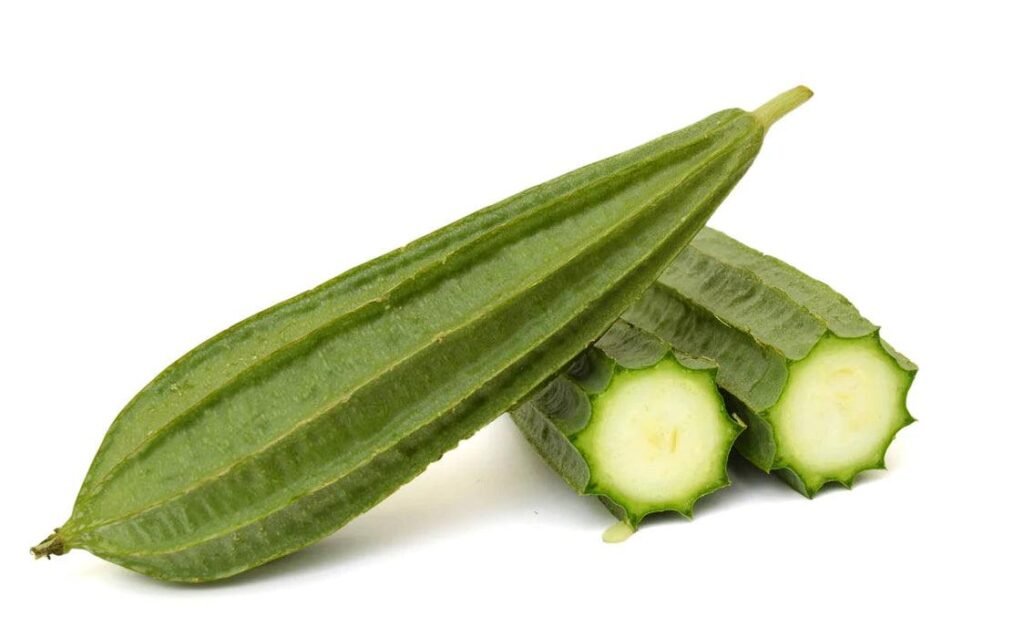
Ash Gourd (Petha) (0.9g fiber per 100g)
Ash gourd is cooling for the body and extremely light on digestion, making it a favorite in Ayurvedic diets.
How to Eat:
- Cook a petha sabzi with cumin and a little ghee.
- Blend into a refreshing juice with black salt.
- Make petha halwa, a mild and tasty dessert.
Pair ash gourd with dal and rice for a soothing meal.

Zucchini (1g fiber per 100g)
Zucchini is soft, easy to digest, and low in fiber, making it an excellent vegetable for those with sensitive stomachs.
How to Eat:
- Grate and cook into a mild zucchini curry with yogurt.
- Prepare a zucchini paratha with minimal wheat flour.
- Add to soups or blend into a smoothie for a healthy twist.
Zucchini pairs well with curd-based dishes for an easy-to-digest meal.
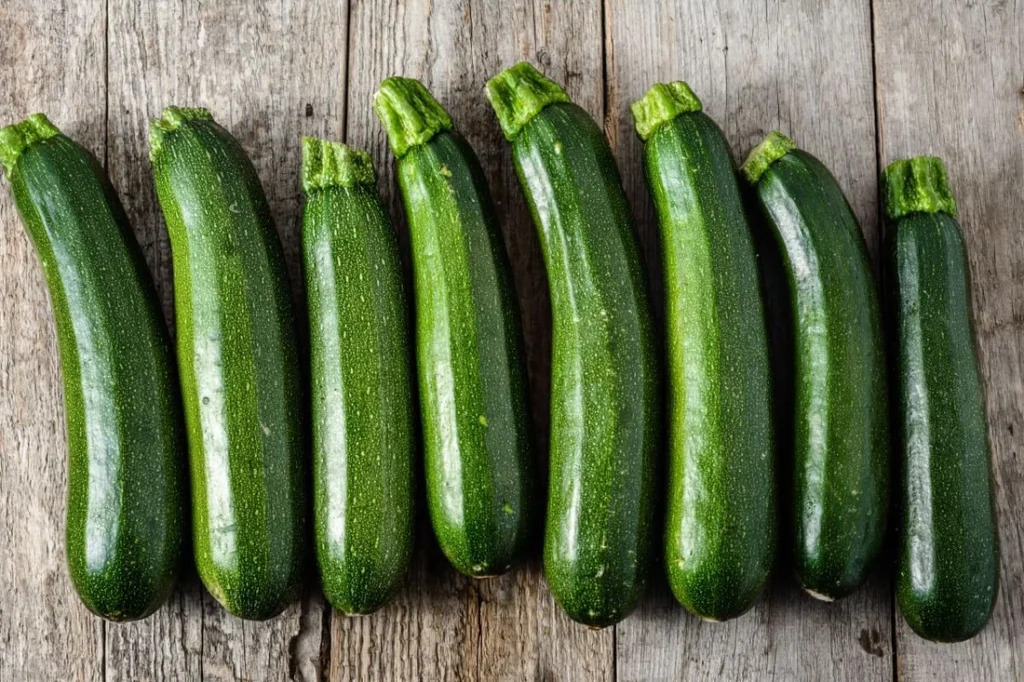
White Brinjal (Eggplant/Baingan) (1.2g fiber per 100g)
Unlike purple brinjals, white brinjals have slightly lower fiber content and a softer texture when cooked, making them gentler on the stomach.
How to Eat:
- Make a simple baingan sabzi with minimal spices.
- Roast and blend into a mild bharta without onions for easy digestion.
- Cook with curd for a light and unique dish.
Pair brinjal with lightly spiced dal and rice.
Snake Gourd (Chichinda) (0.8g fiber per 100g)
Snake gourd is a traditional Indian vegetable that is soft and highly digestible.
How to Eat:
- Stir-fry with cumin and turmeric for a mild dish.
- Blend into a soup or dal for extra flavor.
- Cook with moong dal for a wholesome, easy-to-digest meal.
Pair it with light dals and steamed rice.
Ivy Gourd (Tindora/Tondli) (1.5g fiber per 100g)
Ivy gourd is low in fiber and softens when cooked, making it a great option for those needing a low-fiber diet.
How to Eat:
- Lightly sauté with minimal spices for a quick dish.
- Stir-fry in ghee for a tasty side dish.
- Add to a mild vegetable stew for extra nutrients.
Pair it with curd rice or khichdi for a balanced meal.
How to Make Low-Fiber Foods More Nutritious
Eating a low-fibre diet doesn’t mean compromising on taste or nutrition. Here are some tips to increase the nutritional value of your meals while keeping the fibre low:
- Avoid adding too many spices – too much spice can irritate digestion.
- Peel vegetables if needed – this further reduces the fibre content.
- Cook vegetables well – softening them makes digestion easier.
- Eat with yogurt, dal or rice – these combinations make the meal more balanced and light on the stomach.
- Avoid raw vegetables – eat cooked vegetables only if your doctor advises.
Using these easy cooking methods, you can enjoy tasty, low-fibre meals while getting the essential nutrients.
FAQs
What vegetables have no fiber at all?
Technically, all vegetables contain some fiber, but peeled cucumbers and potatoes have almost no fiber.
Can I eat these vegetables raw on a low-fiber diet?
Some can be eaten raw, like cucumber, but cooked vegetables are easier to digest.
Are low-fiber vegetables still nutritious?
Yes! They still provide vitamins, minerals, and hydration, just with less fiber.
How can I ensure I get enough nutrients without fiber?
Pair low-fiber vegetables with protein-rich foods, healthy fats, and vitamin-rich fruits.
What are the best ways to cook low-fiber vegetables?
Steaming, boiling, and pureeing help break down fiber and ease digestion.



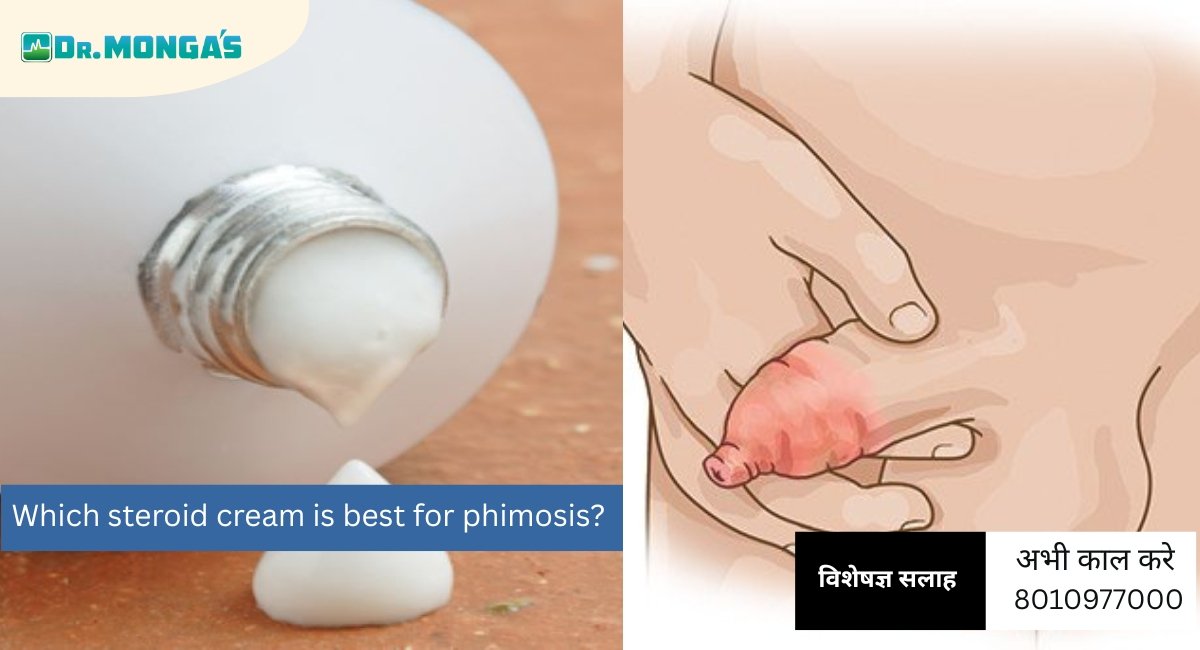






Leave a Reply